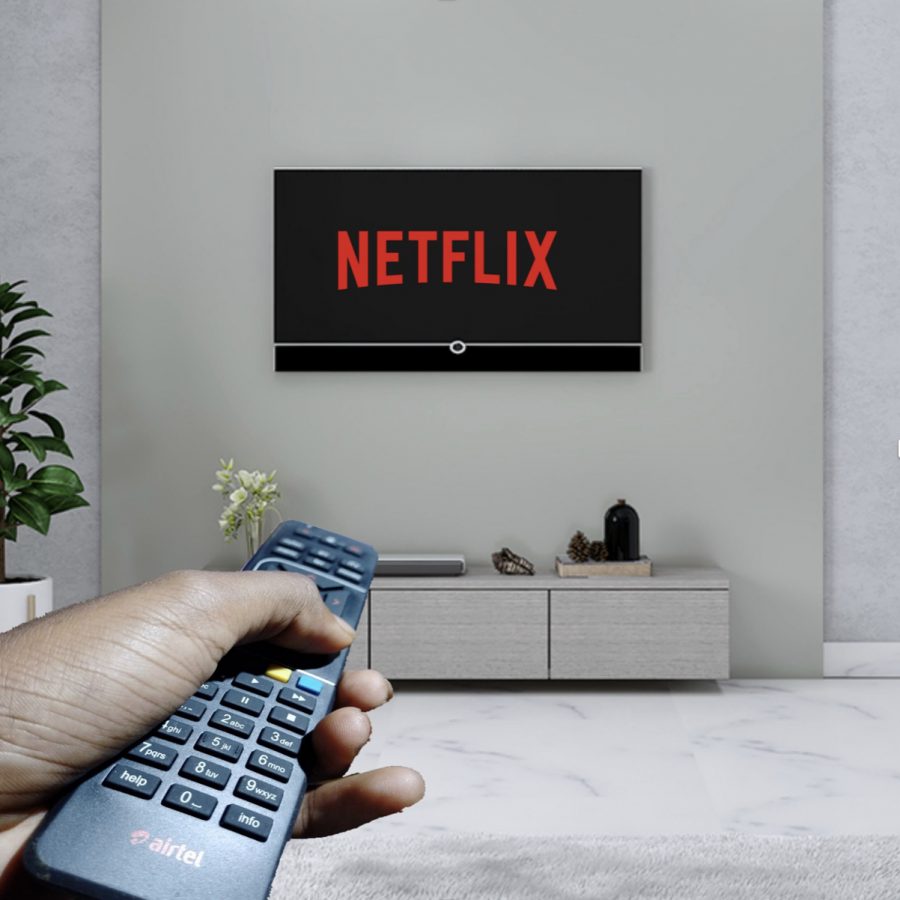Back on the Big Screen?
COVID will change the way see our films forever
(Source: pixaHive fair rights)
From 2019 to 2020, there was a 300% increase in the amount of films that were released on streaming services.
The big screen is lit up with an action packed scene. Gunfire, passionate shouting, suspenseful music. Turn around and you’d get a different picture. The theatre is nearly empty, almost all of the red velvet seats are clean and unused. COVID is almost gone, but it’s departure leaves a huge footprint on the movie industry.
The pandemic has left cinema on its knees, with 2020 marking a 66% decrease in new film releases. Chain theaters have been hit the hardest. AMC, the biggest theatre in the US, has only survived due to financial aid from their investors, and less popular brands such as Regal and Alamo Drafthouse have it even worse, the latter filing for bankruptcy.
But as COVID regulations ease, the movie industry has a chance to rebound. The 2021 Cannes film festival was held maskless and without social distancing. Actor Matt Damon was grateful to return to normal.
“I was a little overwhelmed last night, and I’m really glad that we’re here this year. Because I think we’ll all look back and remember launching out of COVID — and what a way to do it”, said Damon.
Actors and movie enjoyer alike may be happy to see the return of blockbusters this year, but after the pandemic, the industry is going through massive changes as it becomes more digital. This is a trend that was already happening but COVID accelerated it. John Horn, the movie correspondent for KPCC Los Angeles, is placing his bets on streaming overtaking theatres in years to come.
“I would say that the pandemic has accelerated what was inevitable. If you look at admissions at movie theaters, it has been flat to declining over the past decade,” Horn said. “On top of that, the pandemic exposed, I think, a fundamental weakness in the theatrical model, and that is that they haven’t changed their business in a century. And the world has changed that if you want to watch a movie right now, you can dial it up on Netflix and watch it right now. You don’t have to wait to go to the multiplex and wait in line and buy a $10 popcorn.”
Many agree that it is more convenient for consumers to be able to cheaply purchase blockbusters and watch them in the comfort of their own home. However, several actors and industry workers feel differently about this. Changes in how consumers watch their movies also alter the way that the actor’s payday works. According to Daniel Loria, a content strategist at Box Office pro, streaming services aren’t as transparent about their profits as theatres are, and that success was a lot more subjective in this digital era.
“If the industry wants to redefine the metrics of success for a movie, it needs to be on the same page on what that definition is,” Loria said. “It seems right now like every studio is playing by a different set of rules and different metrics on what is financially successful and what isn’t.”
Despite all the uncertainty that the pandemic has brought the industry, one thing is for sure: this is changing movie watching forever. Streaming services aren’t expected to disappear along with the pandemic, and movie theaters aren’t expected to make a full recovery. Jeff Bock, a box office analyst with Exhibitor Relations, sees this:
“A lot of the innovation we’ve seen is going to continue. When we look back at 2020, we will see this isn’t a reboot. It’s a rebuild of the theatrical model.”


